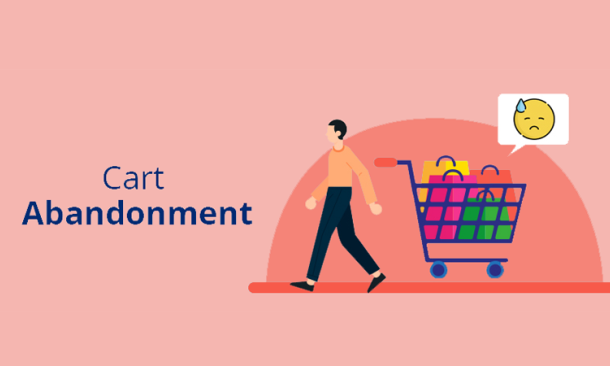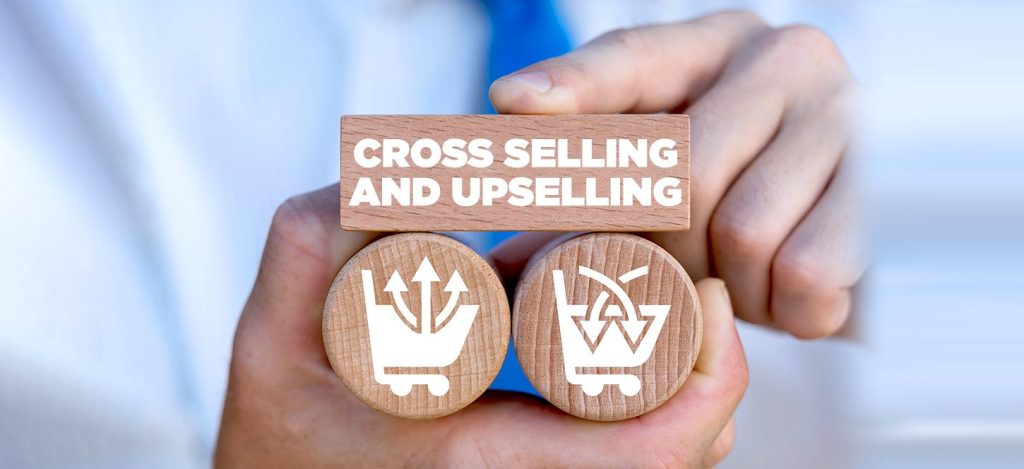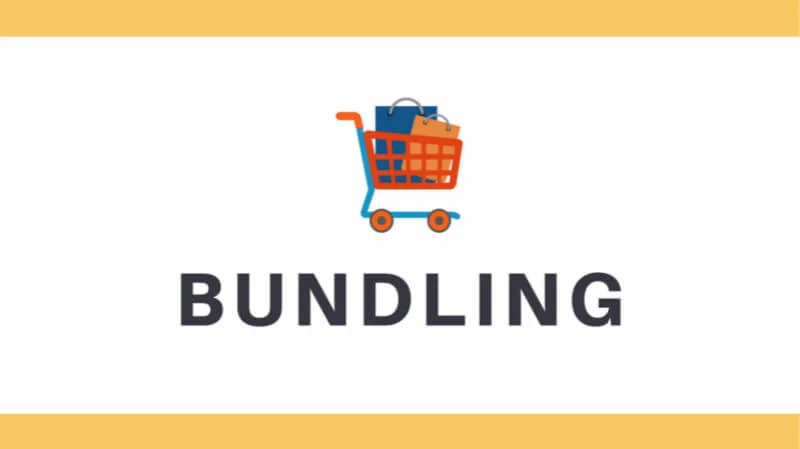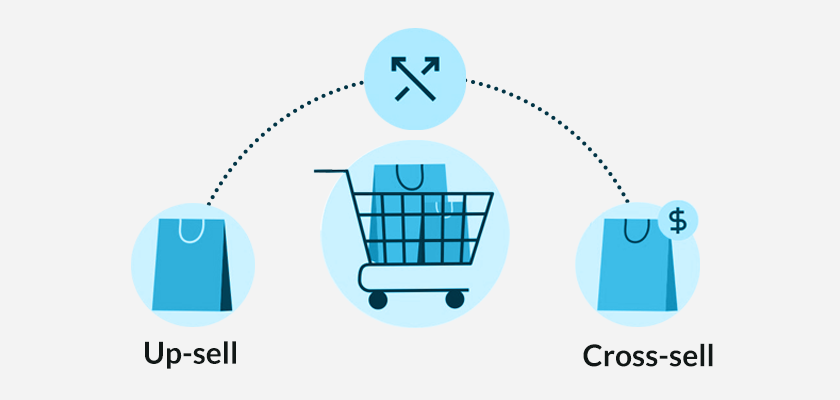
Mastering Upselling and Cross-Selling Tactics for Increased Revenue
For e-commerce sellers looking to increase average order value without constantly acquiring new customers, upselling and cross-selling remain two of the most powerful strategies. These techniques not only boost short-term revenue but also improve customer satisfaction by introducing buyers to better or complementary products they may have otherwise missed.
Whether you’re selling on Amazon, managing a Shopify store, or scaling through Walmart Marketplace, implementing a thoughtful upsell or cross-sell system can transform your sales funnel. Here’s how to do it right.

Understanding the Difference: Upselling vs. Cross-Selling
Before implementing tactics, it’s essential to know the distinction:
Upselling is when you encourage the customer to purchase a higher-end version of the item they’re considering. Think of upgrading from a basic kitchen blender to one with more features and durability.
Cross-selling involves offering complementary products that go with their initial purchase—like adding a set of cocktail glasses to a customer buying a bar cart.
Each tactic addresses a unique stage of the customer journey and should be approached differently for maximum effect.
Why These Tactics Work
Successful upselling and cross-selling are rooted in psychology. You’re not just pushing more products—you’re helping customers get the most value from their purchase. According to Shopify’s guide to product recommendations, intelligent suggestions increase conversion rates, improve user experience, and enhance brand loyalty.
When implemented with precision, these strategies can:
Increase Average Order Value (AOV)
Boost Customer Lifetime Value (CLV)
Improve overall satisfaction and retention
Where to Implement Upselling and Cross-Selling
These techniques work best when seamlessly woven into the customer’s buying journey. Strategic placements include:
Product pages: Offer side-by-side comparisons for premium upgrades.
Cart page: Suggest add-ons or bundles before checkout.
Post-purchase pages/emails: Offer accessories or replenishment items once the initial purchase is made.
Amazon’s Frequently Bought Together module is a classic example of successful cross-selling in action.

Actionable Tactics You Can Use Today
1. Use Bundling to Increase Perceived Value
Bundle complementary products at a slight discount to nudge customers into a bigger purchase. A soap and lotion gift set or a curated bundle of notebooks and pens is often more attractive than buying individually.
2. Implement Tiered Pricing and Volume Discounts
Use pricing strategies that reward larger purchases. Walmart Marketplace sellers can tap into this using pricing rules to increase volume-based sales.
3. Integrate Smart Product Recommendations
Whether through Shopify plugins like ReConvert or advanced Amazon PPC targeting, suggesting relevant upgrades or pairings based on customer behavior helps automate the upsell process.
4. Train Your Team for In-Person or Live Chat Upsells
If you offer support or B2B services, train reps to suggest better solutions rather than just answer questions. Position higher-end products as long-term investments.
5. Use Visual Cues in Product Listings
Add comparison charts or bullet points showing the enhanced features of the premium version. Use high-quality images to illustrate product pairings for cross-sells.
Mistakes to Avoid
Being pushy: Don’t overwhelm the buyer. Keep suggestions relevant and limited.
Overcomplicating checkout: Too many pop-ups or irrelevant offers can increase cart abandonment.
Not measuring impact: Use A/B testing to refine which tactics work best.
You can explore Amazon’s A/B testing via Manage Your Experiments to optimize listing variations and cross-sell strategies.

Final Thoughts: Focus on Customer Experience
The goal of upselling and cross-selling is not just to make a bigger sale—it’s to create a better experience. By delivering value-driven product suggestions and optimizing each touchpoint, you’ll naturally increase revenue without compromising trust.
Looking to automate these strategies? Platforms like Shopify and Amazon offer built-in tools and third-party integrations to make this process seamless.
When done right, your upsell becomes a win for your business and your customer.














